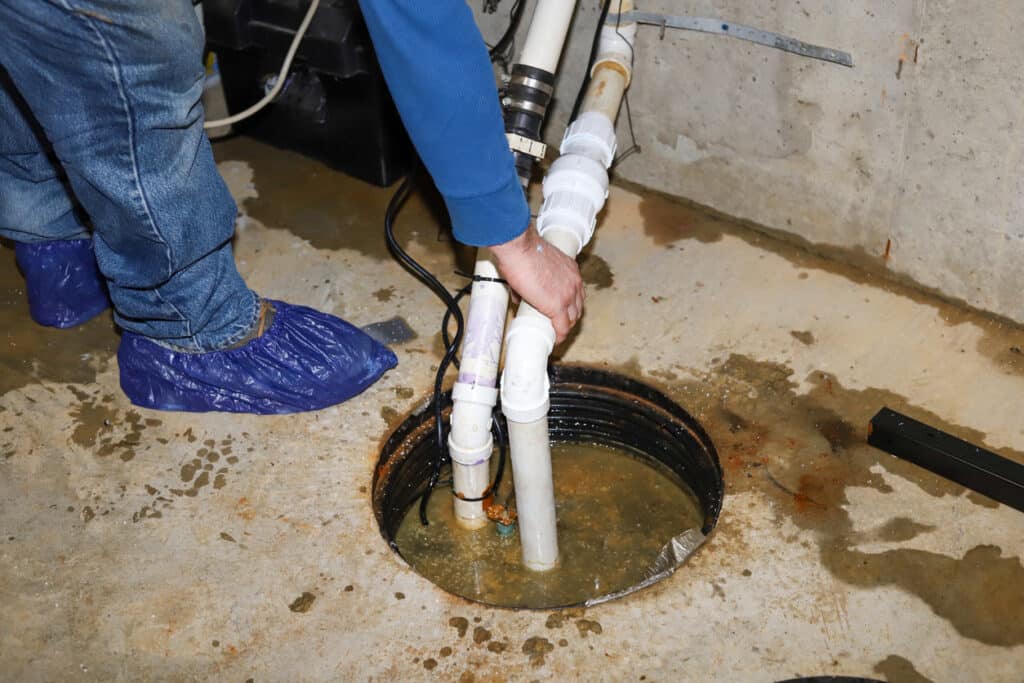A sump pump is typically installed to keep water out of basements during heavy rainstorms. It is installed by drilling a hole in the floor at the lowest point of the basement and creating a sump pit with gravel, concrete, or other material. The pump is then connected to an outlet port at the bottom of this hole. In wet weather, water will flow into the sump pit and back up into the sump pump outlet. This pump pushes water outside the house and keeps it from stagnating.
1. Test the Sump Pump Before the Wet Season Begins
Before the rainy season begins, test the sump pump to ensure it works properly. A few minutes of your time will prevent stress and headaches later. Run the pump regularly. A plumber can help you test your pump. They can also check the pump and make sure it is installed correctly.
2. Clean Out Your Pump
Remove the pump from your sump pit, and clean it well with soap and water. After this, clean the sump pit to remove debris, leaves, and other items that could clog the hoses. Use a stiff brush at the top of the sump pit to loosen any debris stuck to the walls. The dirt can cause clogs that could damage your pump. You should clean your sump pit, pump, and hoses regularly over the year to prevent any problems from occurring during a storm.
3. Check the Power Source
Sump pumps use a GFCI power source to operate. Check to make sure the GFCI is connected correctly and that the plug is tight in an outlet. Also, ensure no bare wires are showing from any cords or hoses. Always use a licensed electrician to check and repair your electrical system if you have any doubts about its safety.
4. Check the Hoses
Check all your sump pump hoses to ensure they are securely connected. Ensure that the ends of each hose are not cracked or split and that there are no holes in the tube. If you see any problems with your hoses, replace them immediately. A leaking or cracked hose can cause excess water to enter your house. When replacing any hose, use the same manufacturer and model hose. This will ensure that they fit correctly into your sump pump.
5. Inspect the Discharge Line and Location
A pump may have an outlet that connects to an underground pipe. The piping may be old and have a lot of holes. Inspect the discharge line and location at all times. You should visually check for any leaks or other signs of problems. Choose a discharge location away from your house, driveway, sidewalk, and other structures. The discharge of water could cause damage to these areas if it runs unchecked.
Basement flooding can cause a lot of damage to your home. An adequately maintained sump pump can help you avoid this problem. Contact G. I. Plumbing for sump pump installation in Bethel Park, PA. Our team of professional, licensed plumbers can also help you with any repairs or maintenance.
